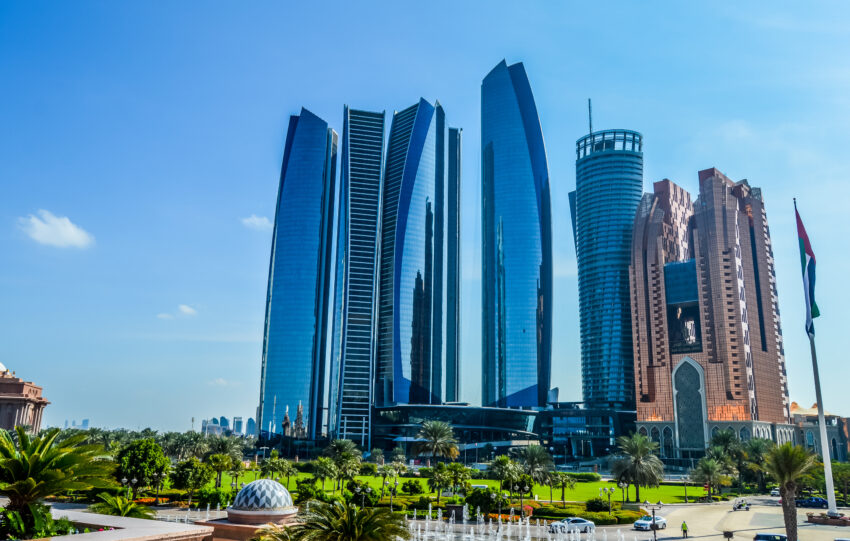
Dubai’s non-oil private sector economy saw business activity reach a 38-month high as demand grew and input prices decreased at a record rate. From 56.4 in July to 57.9 in August, the emirate’s headline seasonally adjusted S&P Global purchasing managers’ index increased, reaching its highest level since June 2019.
When the value is over the neutral 50 thresholds, the economy is expanding; when it is below, it is contracting. The result, which was above the long-run series average of 54.5, showed a significant improvement under non-oil operating circumstances.
David Owen, an economist at S&P Global Market Intelligence, stated that the most recent PMI data “suggested that input costs at Dubai non-oil businesses had swiftly changed their direction in August, falling for the first time since the start of 2021 and at the quickest pace since the survey began almost 13 years ago.”
The recent declines in commodity prices were a major factor in lower expenses, and the stabilization of gasoline prices encouraged businesses to lower their output prices last month, boosting sales to a 38-month high. Since the start of June, oil prices have decreased by nearly 20%. In addition, input prices fell in August across all survey-covered industries, causing a significant reduction in total cost burdens that was the fastest ever seen in the series’ history. The reason for this was a decrease in gasoline, raw materials, and transportation costs.
“The travel and tourist sector, one of the three industries tracked by the Dubai PMI survey, saw the largest activity rise in August, followed by wholesale and retail”
The travel and tourist sector, one of the three industries tracked by the Dubai PMI survey, saw the largest activity rise in August, followed by wholesale and retail. The fastest increase in productivity in more than three years was seen in the same industry.
As it strives to become the most visited destination in the world, Dubai welcomed 7.12 million foreign visitors in the first half of 2022, more than tripling the 2.52 million tourists counted during the same period in the previous year. Along with other commercial and leisure events like the Arabian Travel Market, the World Government Summit, and Expo 2020 Dubai, the emirate was able to draw in more tourists.
On the other hand, UAE’s neighbor, Saudi Arabia’s economy, has seen a growth of 12.2% in the second quarter of the year. The economy has grown faster than expected and beyond earlier projections due to increasing oil prices.
The headline growth rate exceeded the authority’s 11.8 percent second-quarter flash estimate, which was made public at the end of July. According to the most recent Gastat figures, the kingdom’s GDP increased 2.2% from one quarter to the next.
